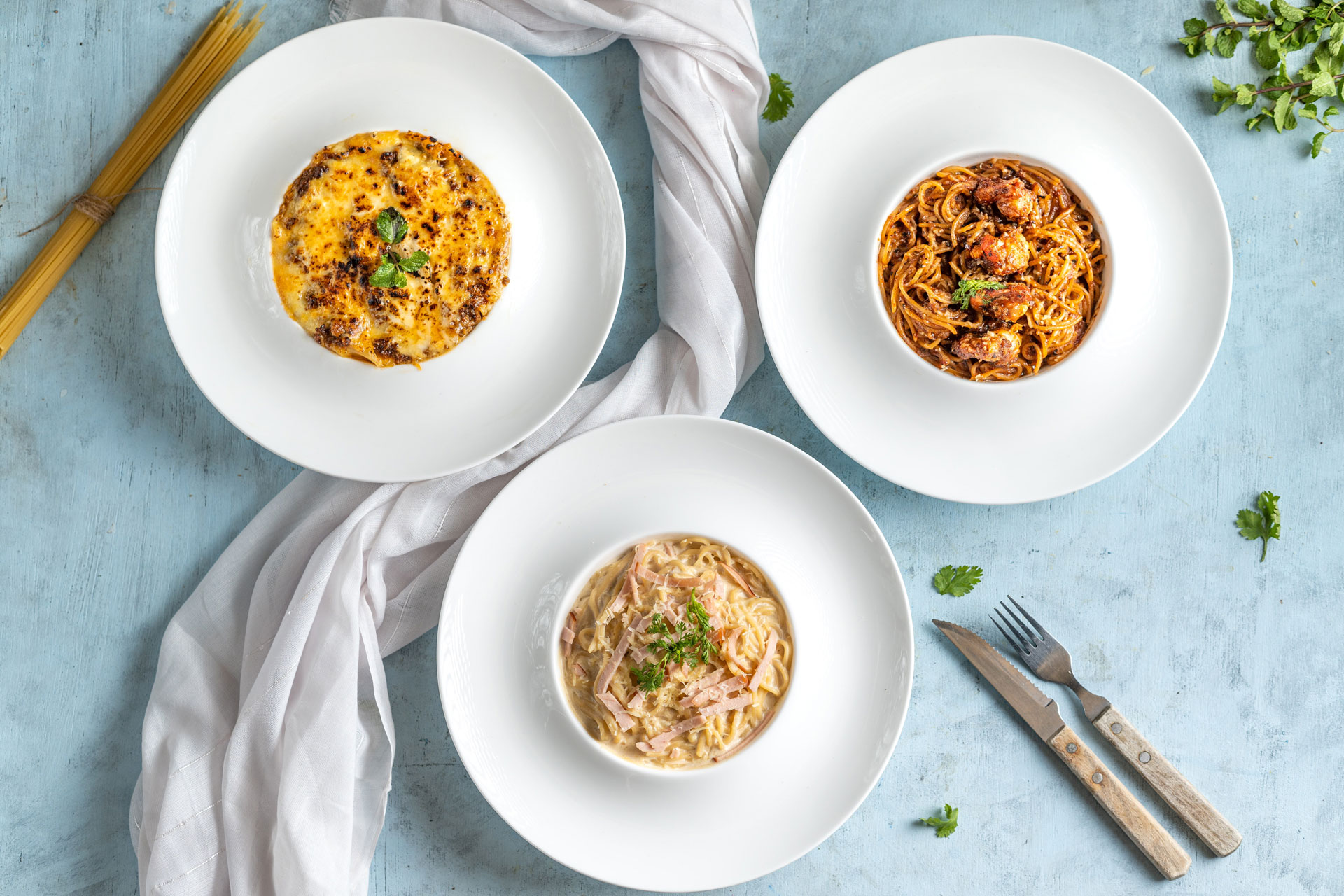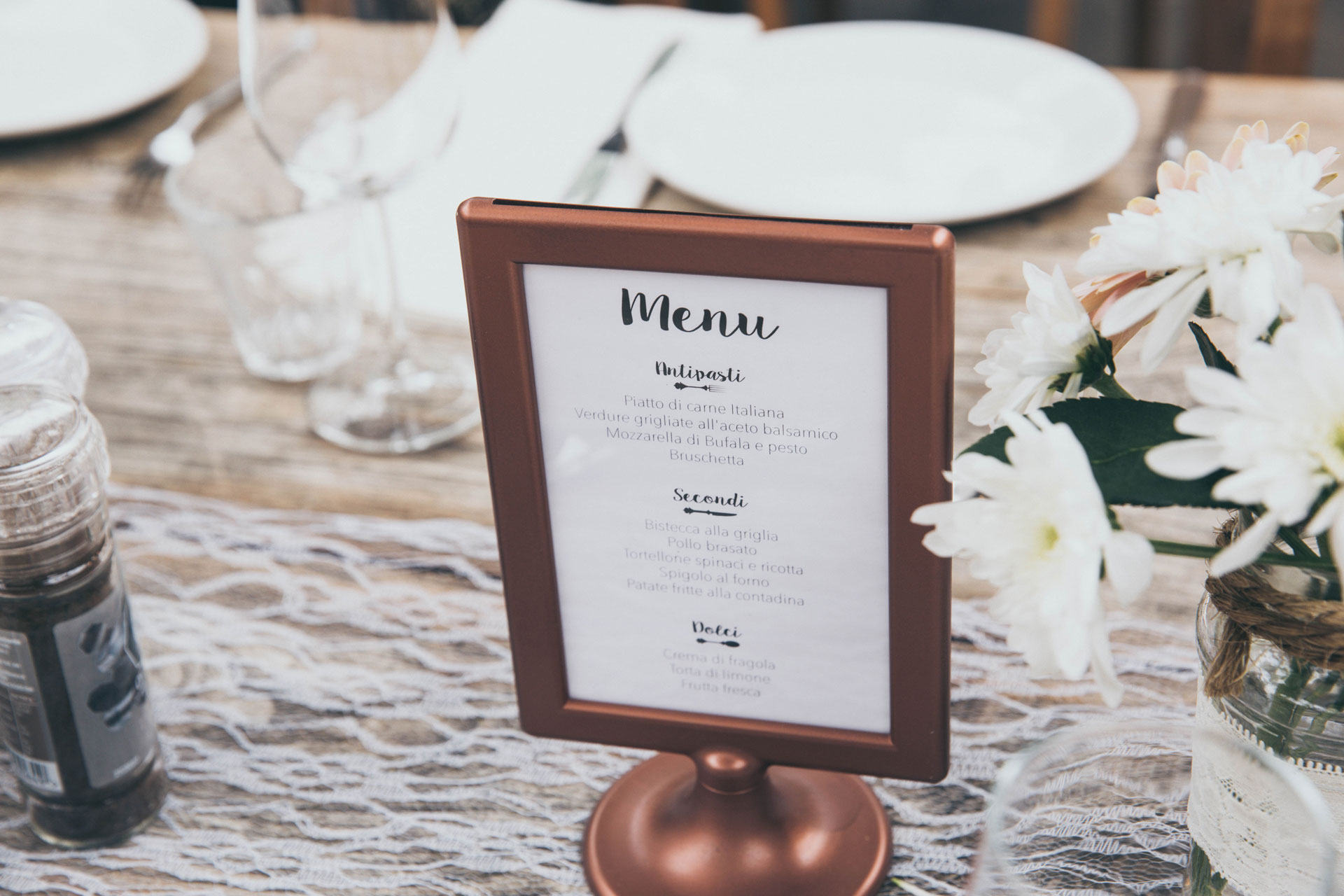Calories On Restaurant Menus: A Nutritionist’s Take
By Kim Pearson
2 years ago
The new law is causing widespread debate

From this month onwards cafes, restaurants and takeaway businesses with more than 250 employees have been required to list calorie counts on their menu in an effort to tackle obesity. But is this really in the best interests of those of us who want to eat more healthily? Nutritionist and weight loss specialist Kim Pearson shares her expert opinion.
Calories on menus
The government’s attempts to get the nation healthier, so far, has largely revolved around encouraging a reduction in calorie consumption. Their latest move has seen us follow in the footsteps of America and list the calorie count of dishes on restaurant menus.
On average, the food we eat out makes up between a fifth to a quarter of our total calorie intake. The portions of food or drink that we eat out (and as takeaways) typically contain twice as many calories as their equivalent made at home.
While the news is welcomed by some who feel the labelling will help them make more informed choices, for others it’s a serious concern. Calorie labelling can cause much distress for those suffering with, or recovering from, eating disorders. I would like to see people given the choice of requesting a menu that doesn’t list the calories, if they prefer.
A Nutritionist’s Take
As a nutritionist, I have mixed feelings about listing calories on menus. My clients understand that there is much more to effective, long-term weight loss than simply cutting calories. Still, many have told me that calorie counts on menus will act as a helpful guide.
A survey by FoodAlert found that two in three people would like to see calories listed on all menus. However, with an allowed 20 per cent margin of error between the actual number of calories and the number displayed, calorie counts are not always accurate.
What’s more, 500 calories from a salmon salad dressed with olive oil will have a very different impact on the body compared with 500 calories from a sticky toffee pudding. One will provide you with a wide range of beneficial nutrients and sustained energy. The other is sugar-filled and will cause a rapid rise in blood glucose levels. You don’t need me to tell you which is the healthier option.
If you’re someone who eats out as an occasional treat, provided you’re in relatively good health, the chances are you can enjoy whatever you like without it having a significant impact on your long-term health. However, for those who eat out regularly, it’s more important to make conscious choices.

Kim’s Tips For Making Healthy Choices At Restaurants
If you are keen to strike the balance between enjoying your meal out and taking care of your health, here are three of my top tips:
Check the menu beforehand
Most restaurants now list their menu online. This means you can take your time to peruse the options and identify the best option for you in advance.
Make healthy swaps
If the steak comes served with chips, but you’d be just as happy with a salad or seasonal vegetables, don’t be afraid to request a swap. Salad dressings can usually be swapped for olive oil.
Drink wisely
If you are drinking alcohol, it’s a good idea to have something to eat before you have your first drink. This could mean having a small snack before arriving at the restaurant. It’s easy to lose track of how much you’ve had with someone else topping up your glass. You can always tell the waiter or waitress that you’re happy to fill your own glass so that you can keep track of how much you’ve had more easily.
Find out more about Kim’s work at kim-pearson.com
READ MORE:
A Nutritionist’s Guide To Going Vegan / Eat The Seasons: What’s In Season Now?



